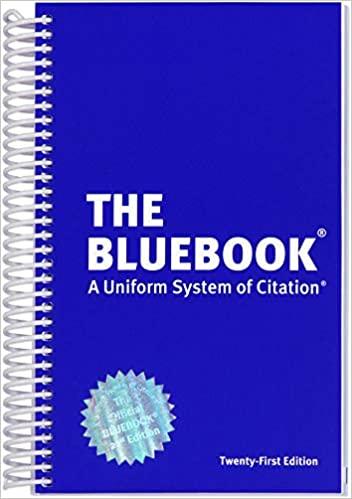Question
Ture or false (only explain false question) 36 * If agreements are made in a business setting there is a presumption by the Court that
Ture or false (only explain false question)
36 * If agreements are made in a business setting there is a presumption by the Court that there was no 36
intention to create legal relations if one party actually thought that when it entered the agreement
37 * If agreements are made in a social or family setting there is a presumption by the Court that there 37
was an intention to create legal relations which either party may argue against
38 * A legally binding contract can be made by A promising to do something for B in exchange for a 38
promise by B to do something for A
39 * Some legislation in New Zealand applies solely to construction work including the 39
Construction Contracts Act 2002 and the Building Act 2004
40 * A builder and a property owner agree a price to extend a house, which requires a building consent but 40
has not yet been applied for. Shortly before the builder is due to start work, the owner tells the
builder she will not be proceeding with the work and because there is no building consent, then under
s73(1) Contract and Commercial Law Act 2017 because they had not got a building consent when
they made their agreement, it was an illegal contract so the builder cannot take action against her
to recover as damages, the profit etc. the builder would have made if the work had proceeded
41 * A misrepresentation is an untrue statement of a future fact for the purposes of the Contract and 41
Commercial Law Act 2017 e.g. the statement made to sell agricultural land that it will produce a
certain quantity of corn per acre next year which it fails to do
42 * A tells B that A's house is constructed entirely with treated timber. B relies on that being true and buys 42
A's house but later discovers the timber is untreated and the house leaks and rots. B says she has two
options under the Contract and Commercial Law Act 2017 being to either keep the contract in place
and claim damages or cancel the contract but lose entitlement to damages
43 * A tort is a 'wrong' which when committed by someone [a tortfeasor] gives someone harmed by it 43
a right to take action, for example the tort of trespass by placing building materials used to build a
house on an adjacent section without the owner's permission would entitle the owner to have the
materials removed and receive compensation for any damage caused
44 * There were once in NZ three types of trespass, to land, to property, and to a person, and trespass to 44
a person is now superseded by the crime of assault in New Zealand, the difference being
that trespass to a person was once only actionable if the 'injured' person pursued it whereas the
State can take action against a person committing assault [refer Crimes Act 1961] and punish them
45 * Nuisance is similar to trespass to land but whereas trespass is direct intrusion to land, nuisance 45
is indirect intrusion such as: smells, fumes, noise, smoke, dust, noxious weed seeds, crop
spray and so on which leaves one area and intrudes upon another to affect the 'quiet enjoyment'
by a person of their land
46 * There is a single category of the tort of nuisance 46
47 * Nuisance is the most common category of tort raised in court cases involving construction work 47
48 * Negligence is the most common tort applied in court cases generally 48
49 * If someone does something with insufficient care and skill thereby causing harm to another person 49
s/he is automatically liable to compensate that person for the harm caused
50 * Whether a person is liable to another person for the consequences of his/her negligence depends 50
on whether in such circumstances the Court has found that s/he owes a duty of care to that person
51 * Liability for the consequences of negligence are limited to physical harm to persons or property 51
52 * A person can be held concurrently liable for both a breach of contract and in the tort of negligence 52
53 * Any harm suffered that but for a person's negligence would not have arisen has to be compensated 53
by the negligent party
54 * A professional indemnity insurance policy is designed to bear the costs of defending an action 54
against the policy holder for his/her negligence but not to cover the cost of damages if it is proven
s/he was negligent
55 * Designers are particularly vulnerable to claims for negligence because their designs may lead to 55
defective work or even structural failure
Step by Step Solution
There are 3 Steps involved in it
Step: 1

Get Instant Access to Expert-Tailored Solutions
See step-by-step solutions with expert insights and AI powered tools for academic success
Step: 2

Step: 3

Ace Your Homework with AI
Get the answers you need in no time with our AI-driven, step-by-step assistance
Get Started


